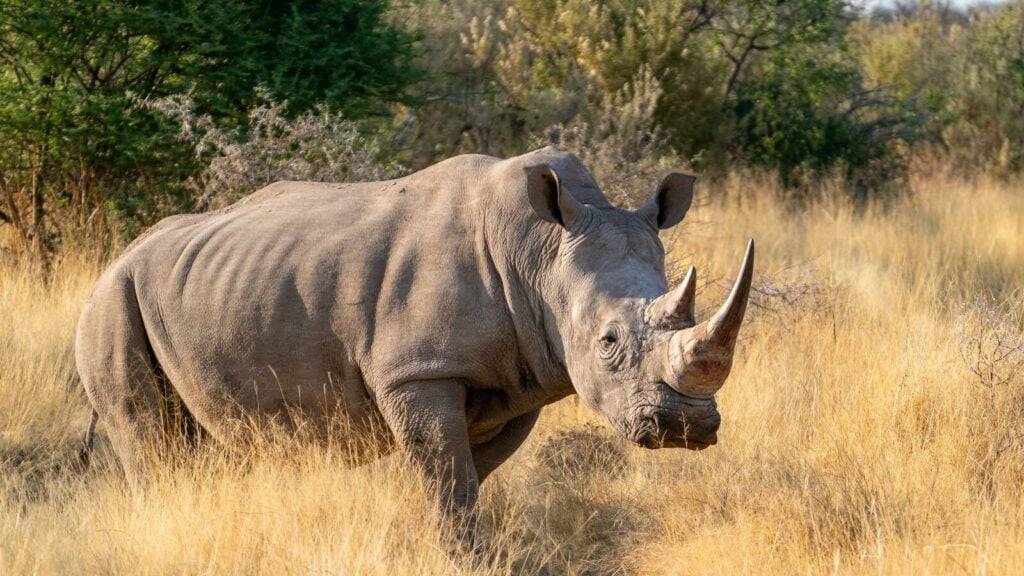It’s Earth Day, and as millions of people turn their attention to our glorious planet and the ways society is harming it, the internet becomes flooded with information on the climate emergency we’re facing. And rightly so; it’s an ever-present and unfortunately, worsening crisis that must be addressed across all sectors – including fossil fuels, fast fashion, and animal agriculture, among others.
It’s also a day to show our appreciation for Mother Nature and all the wildlife she sustains. And, to highlight the vital work being done by climate scientists, activists, non-profits, and even plant-based food producers, to name a few, that takes us closer to restoring the planet.
Earth Day is a reminder to do better. To learn from our mistakes, to carve out innovative ways forward, and an opportunity to look back on the progress we’ve made. And in that way, it’s also a reminder that together, change is possible.
A disclaimer
It’s important to note that animals losing their endangered status isn’t always a good thing. Sometimes, the loss of such labels causes species to lose their government-instilled protections, too.
For instance, in 2020, when the gray wolf was no longer considered endangered, the Trump administration removed the species’ federal protections. This kickstarted hunts against the species, despite still having relatively unstable population numbers. (In February of this year, the animals were reintroduced to the Endangered Species Act and consequently regained protections).
The species on the below list are no longer listed as endangered. But, like many others, they still face threats (most of which are human-caused). So whilst we celebrate these wins, we must continue fighting for the survival of all species – in the wild, in labs, in our homes, and on farms.
Species that shook off their endangered status
Giant panda
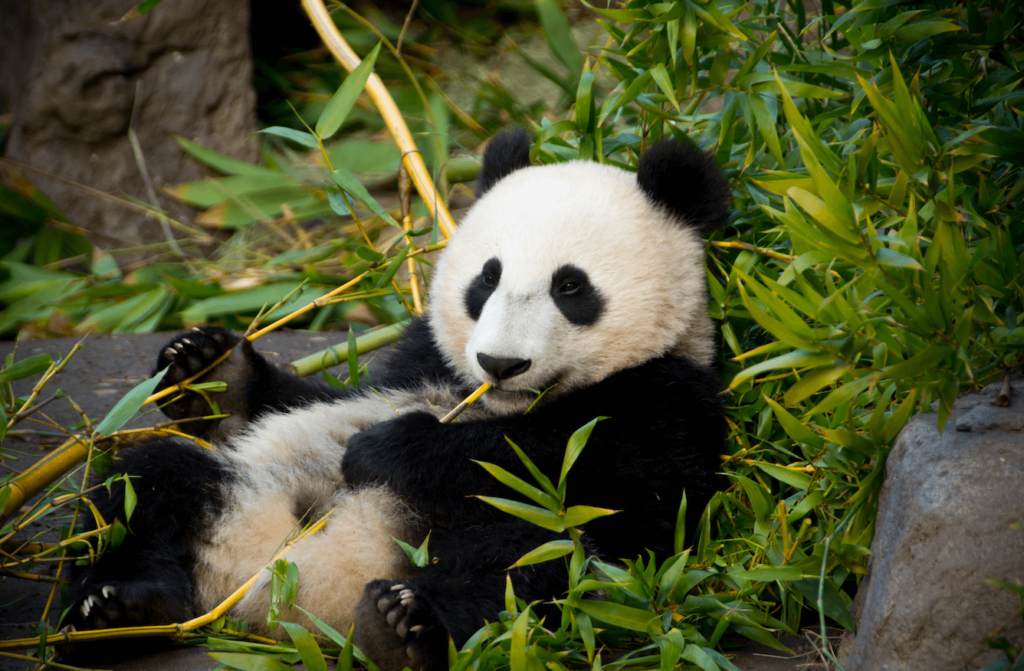
Last year, Chinese officials announced that the country’s national animal, the giant panda, was no longer endangered. In the late 1970s, there were around 1,000 giant pandas living in the wild. But populations have since blossomed, nearly doubling due to government recovery schemes.
Fun fact: according to WWF, to obtain estimates about panda population numbers, teams of researchers scale through mountainous forests looking for panda dung and chewed bamboo. The latter is particularly useful, because panda bite marks are all unique, like fingerprints.
Giant pandas still face threats, including poaching and habitat loss relating to farming and tourism.
Want to learn more? Check out Pandas International, a non-profit working to protect the species.
Southern white rhinoceros
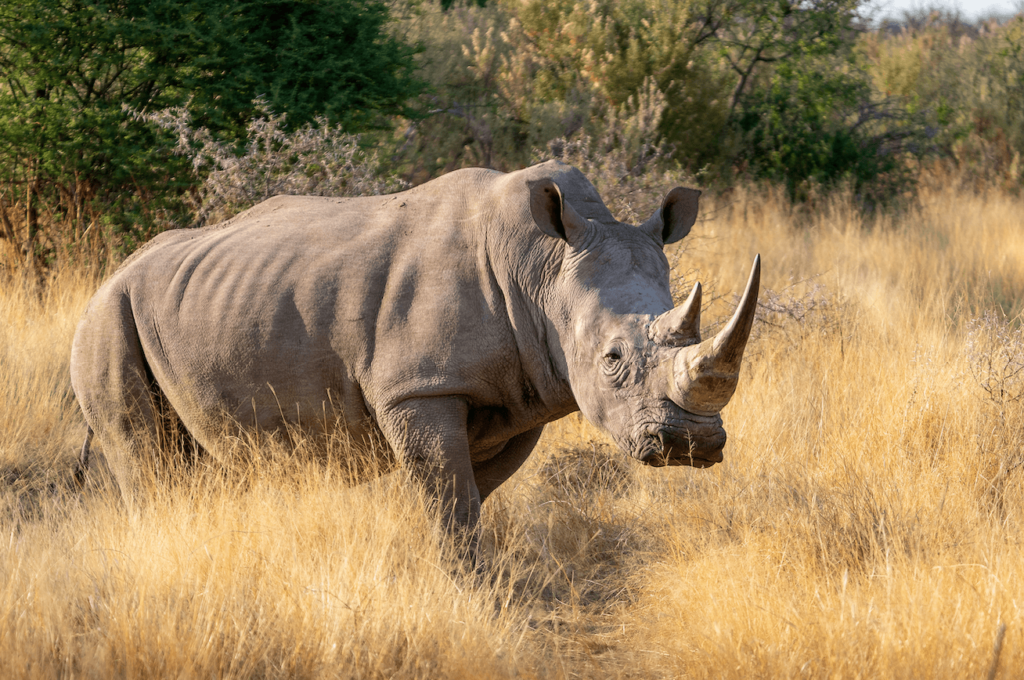
WWF considers the southern white rhino a “major conservation success story.”
The herbivorous subspecies – the second-largest land mammal after the elephant – was once thought to be extinct, chiefly due to hunters targeting them for meat and sport. But in 1895, a group of under 100 southern white rhinos were found in Kwazulu-Natal in South Africa.
Now, following a century’s worth of conservation efforts, there are more than 20,000 southern white rhinos on Earth. They live predominantly in South Africa, Namibia, Zimbabwe, and Kenya in protected areas and private game reserves.
They are the only subspecies of rhino that are not endangered. In fact, scientists are hoping that the southern white rhino will play a key role in boosting the population of the critically endangered northern white rhino, of which there are just two remaining (a mother-daughter pair, who live at the Ol Pejeta Conservancy in Kenya).
Southern white rhinos still need our help. They’re especially at risk of illegal poaching for their horns, particularly in South Africa, to meet demand from Asia (mostly Vietnam and China).
Save the Rhino International is fighting to protect all five rhino subspecies. Learn more here.
Arabian oryx
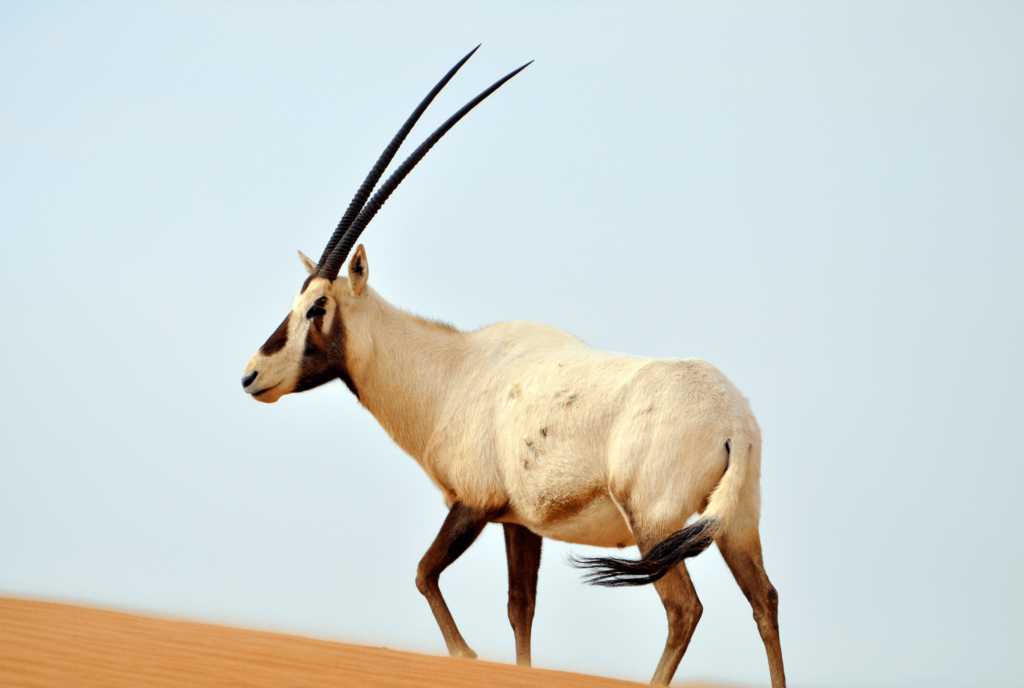
In the early 1970s, things were looking grim for the Arabian oryx, when hunting had completely wiped out the species in the wild. However, a slew of reintroduction schemes steered population numbers upwards, so that by 2011, the animal became the first to regain vulnerable status after being listed as extinct in the wild.
Today, there are around 1,200 Arabian oryx living freely in Saudi Arabia, with another up to 7,000 in captivity.
The unique animals – which can actually smell rain in the distance, and lead their herds towards it for fresh grazing – are still hunted for their meat, horns, and skins.
Fauna & Flora International, thought to be the world’s oldest international conservation organization, had a helping hand in rescuing the species. Learn more about the charity here.
American alligator
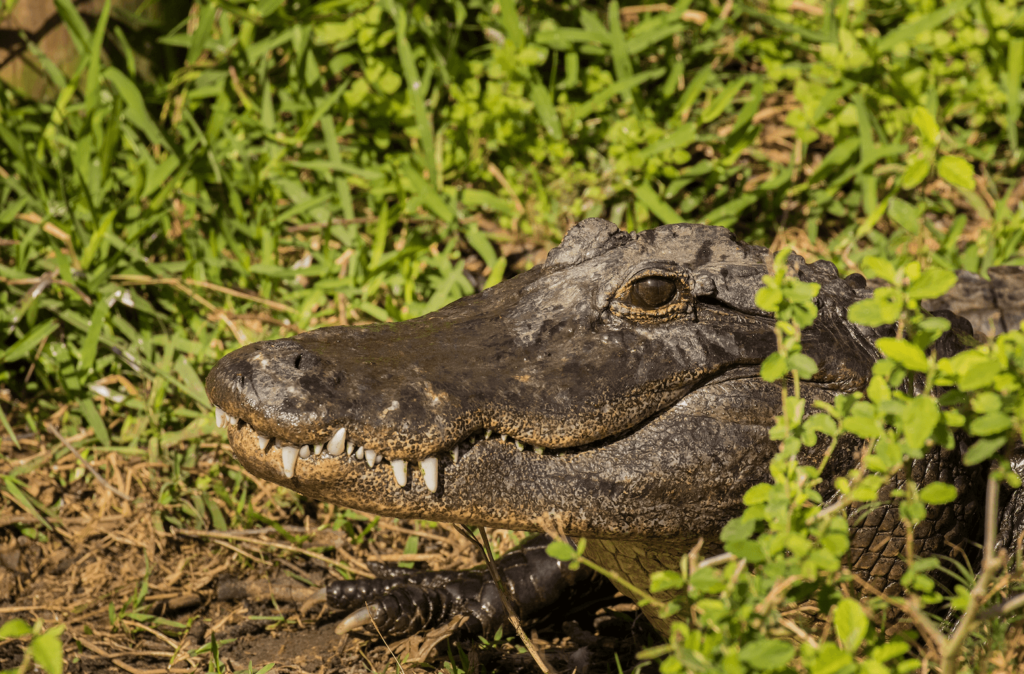
Like most examples of animal populations making a comeback, it was a matter of humans undoing the damage we were responsible for in the first place. Still, the fact that American alligators reached the very edge of extinction in the 1950s – after spending 200 millions years on the planet – only to become one of the first endangered species success stories is worth celebrating.
In 1967, after hunters and poachers drove American alligator numbers down to near-extinct levels, the species was granted federal protections, banning the hunting of the reptiles.
By 1987, they were officially dubbed fully recovered. Now, they’re classified as of least concern (the lowest status there is). There are currently an estimated five million American alligators in the southeastern United States (more than one million of them live in Florida).
American alligators – which can grow up to 16 feet long – are mainly threatened by habitat loss caused by development. They are also still hunted for their meat and skins, though the trade is now regulated.
The Nature Conservancy restores the wetlands in which alligators reside. You can visit the non-profit’s website here.
Humpback whale

Earlier this year, the majestic humpback whale was removed from Australia’s threatened species list. The whaling industry had pushed numbers down drastically over several decades; at one point, just 1,500 humpbacks were living in Australian waters. Now, an estimated 40,000 individuals reside there, and that figure is still climbing.
Australia’s Minister for the Environment Sussan Ley assured that despite the listing change, the species will continue to be protected from whaling. Ley named it an example of “what can be achieved through coordinated action.”
“It is a message of hope for the welfare of a number of species,” they said.
Sea Shepherd works tirelessly to protect whales and other marine life in all corners of the world. Learn more about the charity here.
Lake Erie water snake
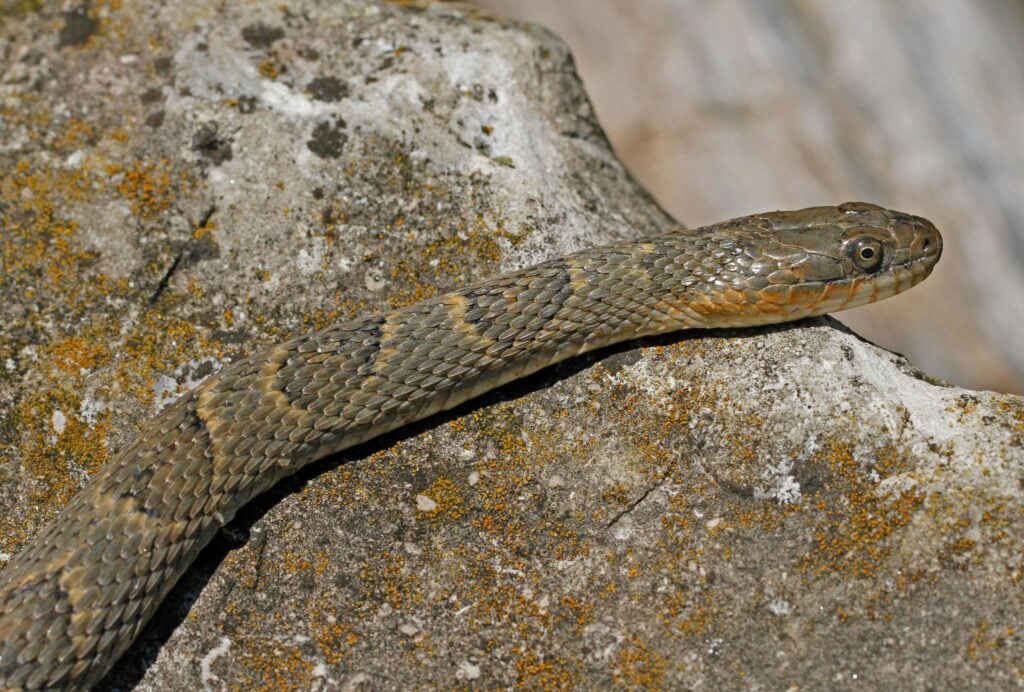
This water snake only calls one destination home: Lake Erie – which spans 9,910 square miles (25,667 square kilometers). But, in the 1990s, habitat-destroying development and resident-led culls (since locals considered the Lake Erie water snake a pest) saw the species reach the brink of extinction.es is exclusive
In response, the federal government added the water snake to the Endangered Species List in 1999. This made it illegal to kill or injure the snakes, which can live for up to 12 years in the wild.
In 2011, the Lake Erie water snake population had slithered up to 12,000, and was removed from the list.
Advocates for Snake Preservation aims to change the way the public view snakes, and promote peaceful coexistence with the animals. You can learn more about the organization on its website.
Bald eagle
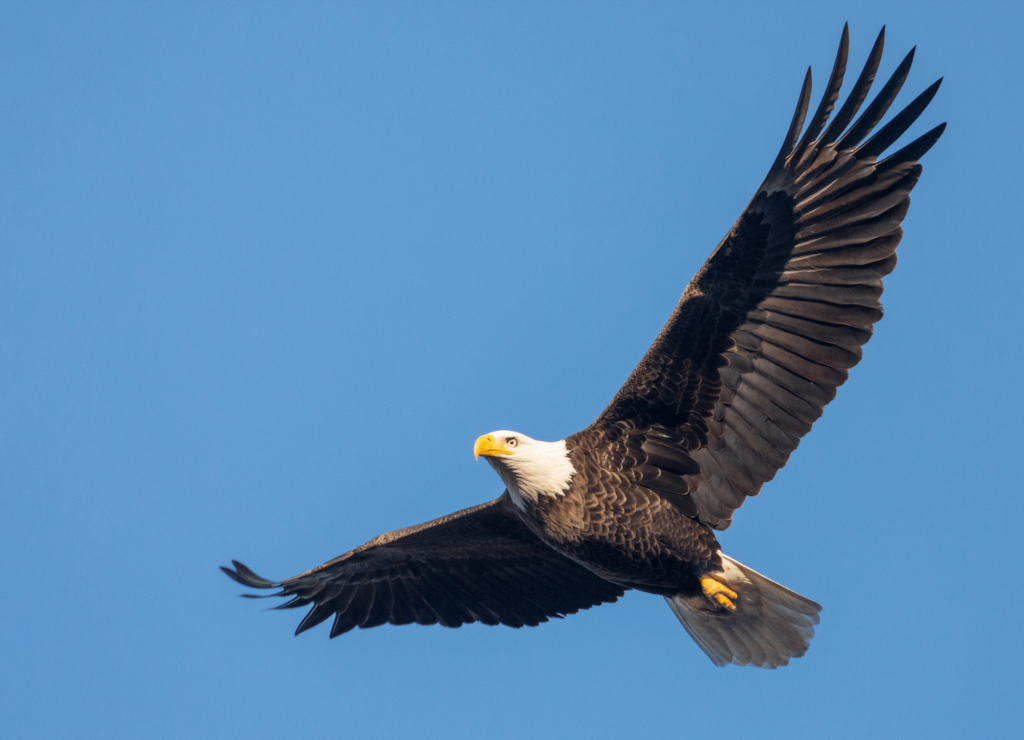
The US’ iconic national bird was nearly wiped out after decades of hunting, habitat loss, and the use of DDT, a toxic pesticide that had severely contaminated waterways, then fish, then the animals consuming those fish, including the bald eagle.
By the 1960s, just 487 nesting pairs of bald eagles were alive in the US. The species (which can dive at speeds of 100 miles per hour, or 160 kilometers an hour) was included in the Endangered Species Act in the 1970s, and DDT was banned.
Populations soared, and bald eagles were federally delisted in 2007.
“The bald eagle is one of the original species listed under the Federal Endangered Species Act,” conservation biologist Margaret Fowle told myChamplainValley.com.
“It was kind of a wake up call with this decline that the bald eagles went through for us to realize some of the things we’re doing to the environment and how they affect the wildlife and the ecosystem.”
The American Eagle Foundation is one non-profit working to keep the national treasure flying high. It also livestreams 24-hour “nest cams,” which can be viewed online for free.
Still want ways to help?
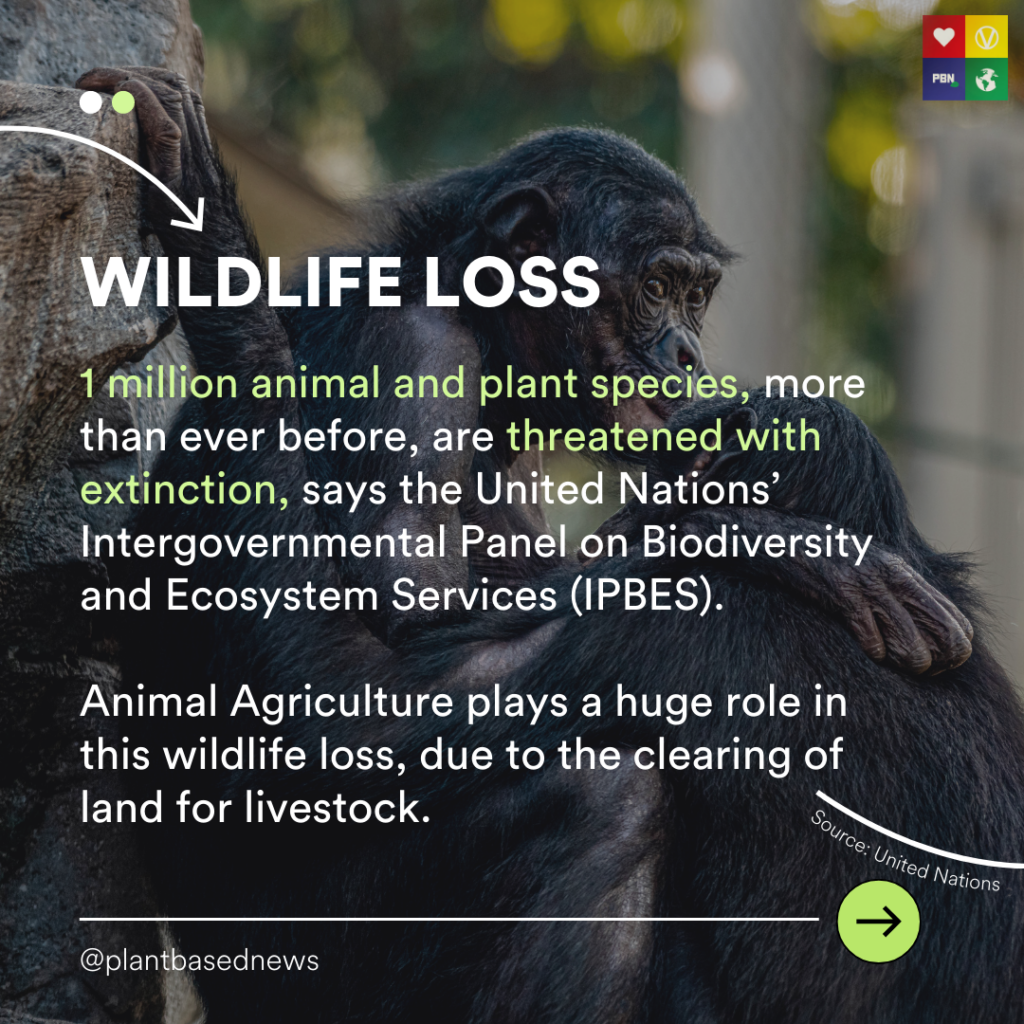
There are a wealth of avenues we, as a society, can take to better protect non-human animals. Global bans on poaching, hunting, and trading wildlife, for example, and heightened penalties for those who violate such laws, are integral approaches.
Comprehensive animal protection legislation and policies are also an important part of the equation. But besides signing petitions and (when possible) donating money, individuals carry more power than one might think.
A report published last month found that eating less meat could help reverse the decline of hundreds of plant and animal species. Researchers stated that increasing intake of fruits and vegetables whilst lowering meat intake could bring “significant health and environmental benefits.”
In fact, if the population of the UK ate an additional handful of vegetables a day, an estimated 407 to 536 species could be protected, the report said.
Indeed, a range of environmental studies have linked animal products to significant deforestation, habitat loss, ocean acidification, and pollution. One sizeable meta-analysis on farming’s environmental on the planet uncovered that plant-based eating is one of the most effective ways to help protect the planet.
